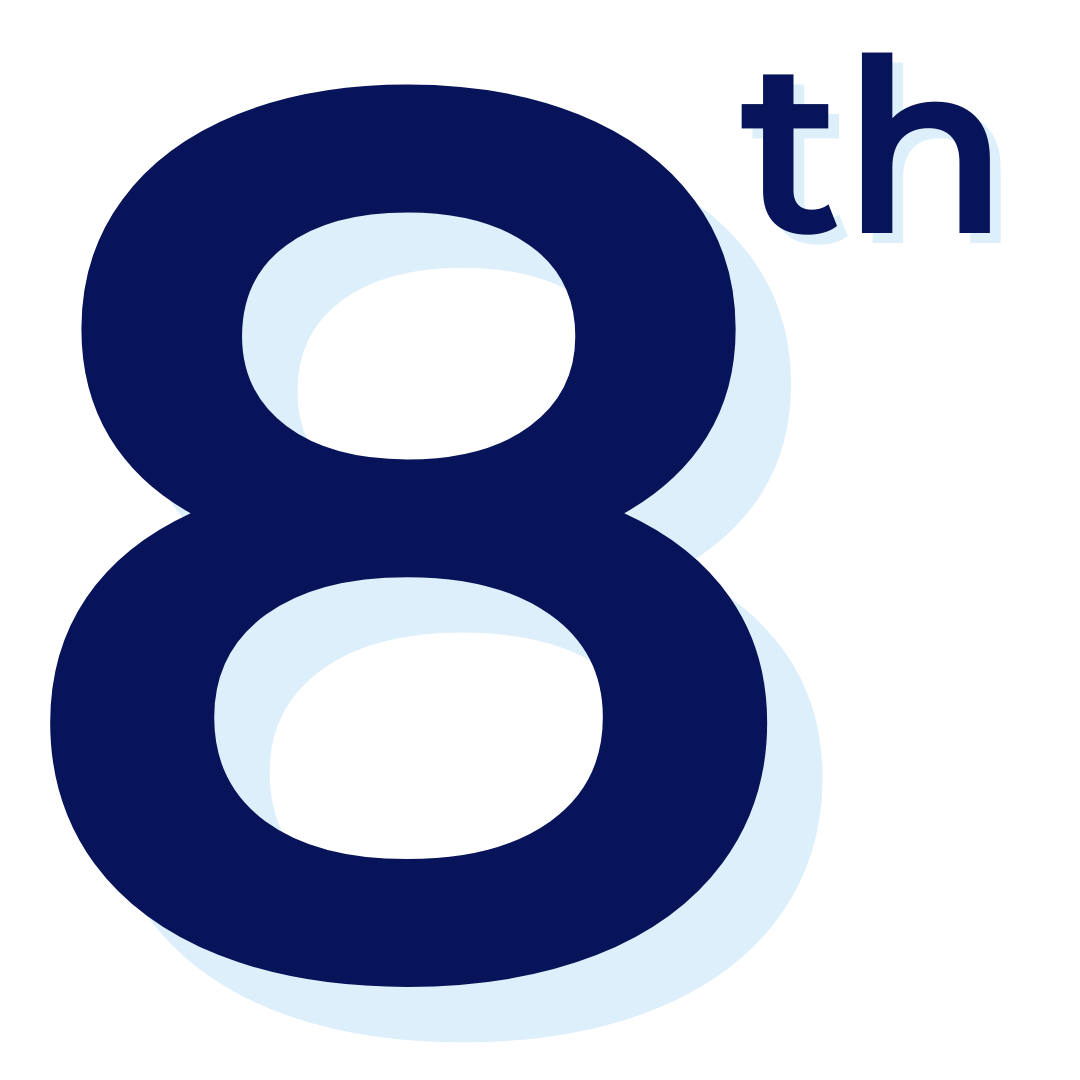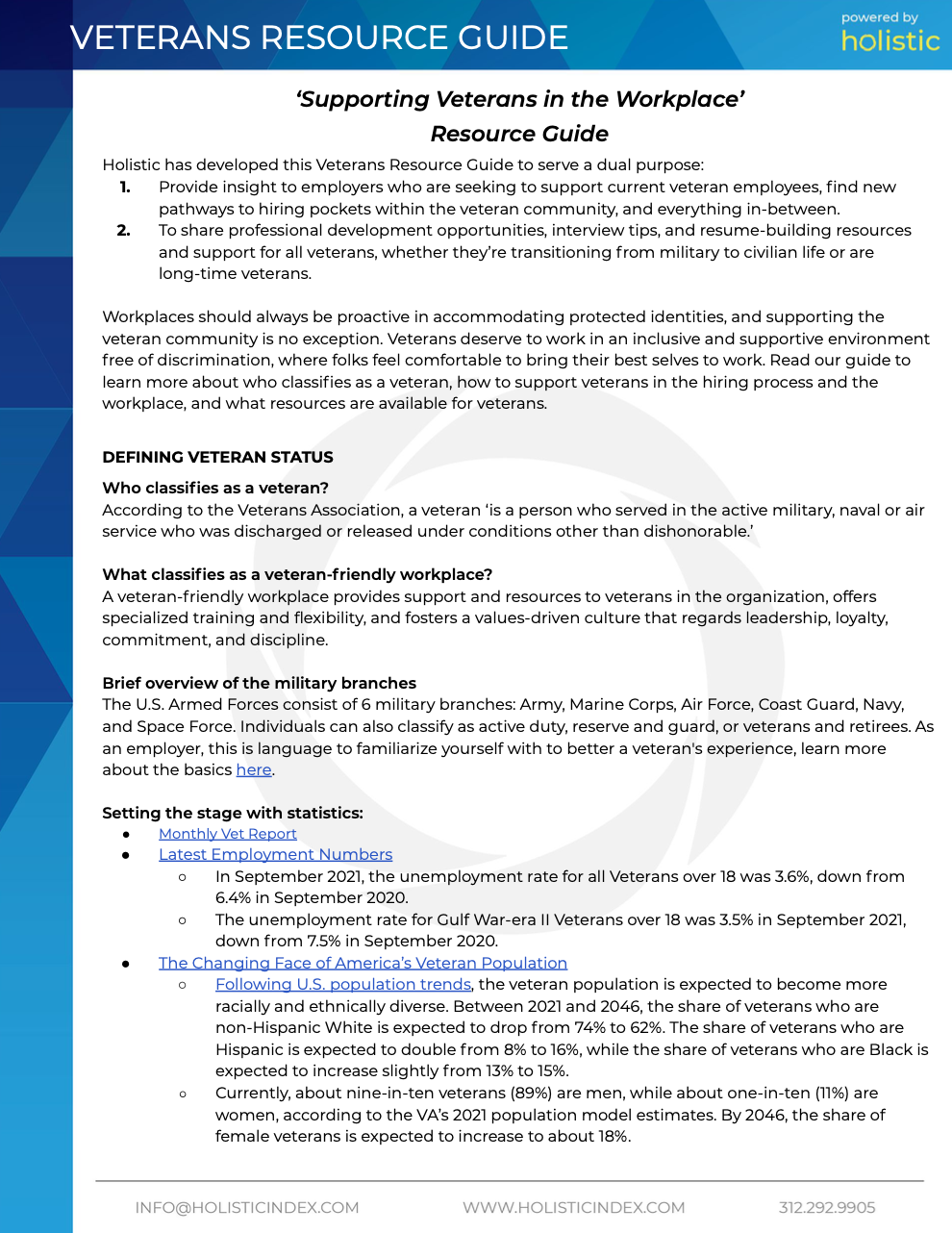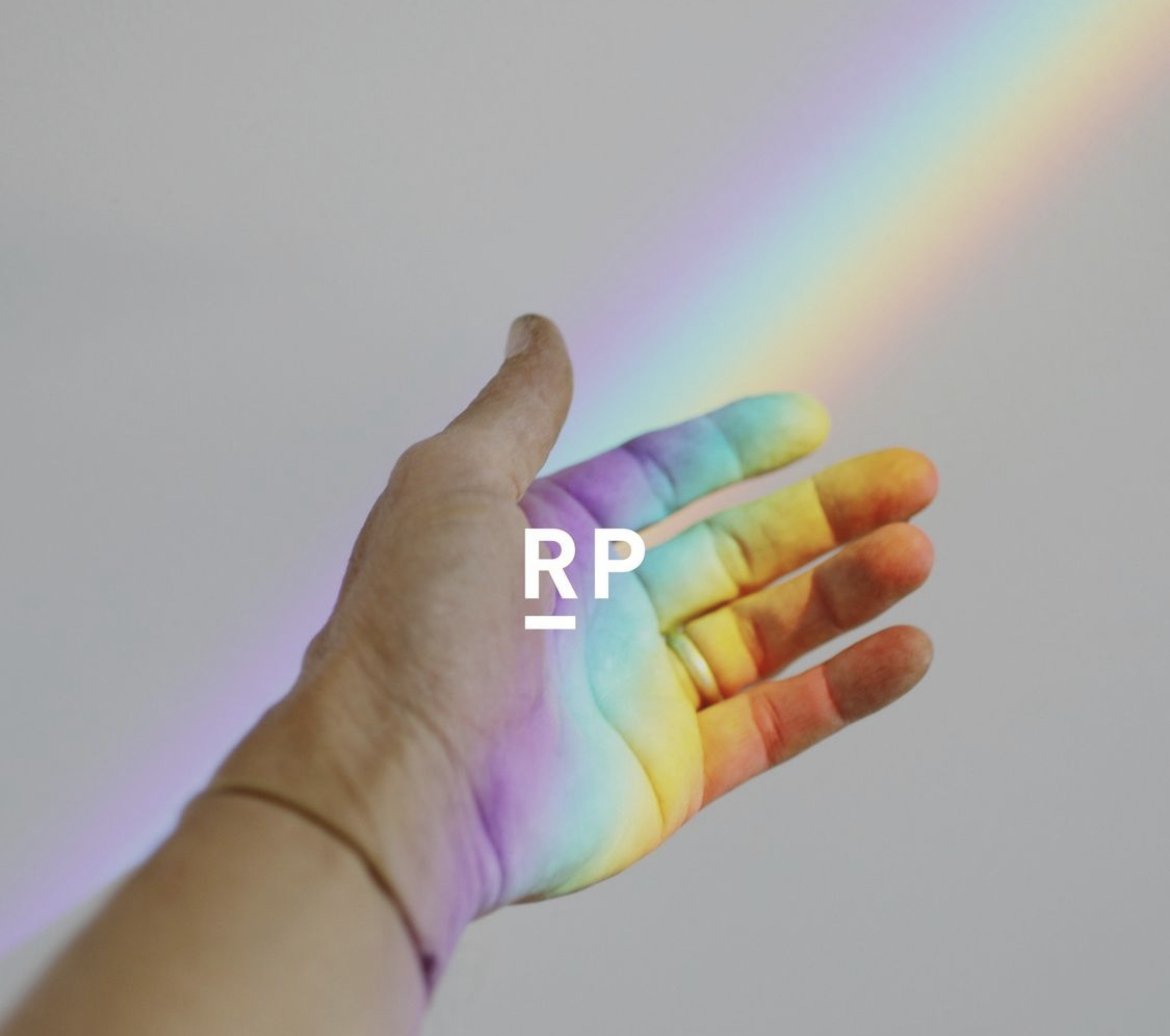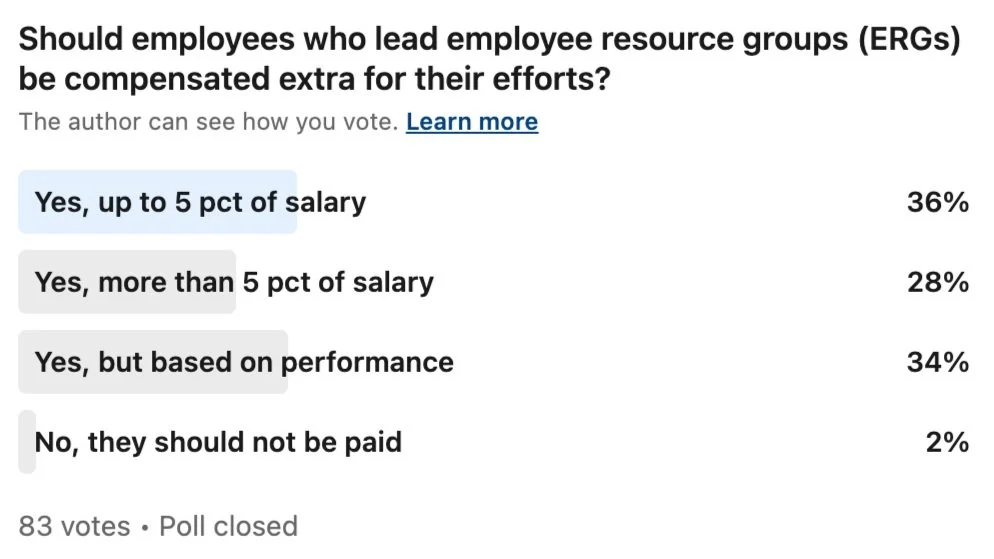Employee Resource Groups
The 8 Key Lessons
At Holistic, we understand that people exist at the intersections of multiple, complicated identities which influence the way they move through the world. We also understand the importance of carving out space for all of these identities to thrive is crucial to your company’s success. Employee Resource Groups are the lifeblood of many organizations and have become essential to amplifying your DEI strategy.
As a people-first organization, creating an equitable, fair, and inclusive environment is paramount to the work that we do. Our 8 key lessons on ERGs are not the end-all-be-all to creating the perfect ERG, but it can be a great first step if you're looking to take your employee experience to the next level!
“We need these groups to level the playing field.”
You don’t need an ERG for everything, but here are some examples:
Culture & race-based identities
Neurodivergents
Parents
People with disabilities
First-generation professionals
Women
Religion & faith-based identities
Best Real Life Examples - Our Clients
Does Money Matter?
YES!
You don’t want folks to think “either I take on this work and wear the burden, or I resign myself to an environment where folks like me won’t get this level of support.”
We took this question to LinkedIn and by and large, the answer is yes. What that compensation looks like may vary, but the sentiment remains the same. If you want to make your employees feel seen, heard, and valued as an ERG lead, you need to think of ways to weave this role into performance reviews and promotions. The extra work that ERG leads put in to drive your DEI mission is invaluable.
Now that you’ve decided to pay your leads, you will want to look at how that may affect your budget. When determining a number, keep in mind the overall budget for both each individual groups and your ERGs as a collective. This is a question best answered on a case-by-case basis. Budgets will be dependent on factors like the type of organization (i.e. nonprofit, private sector) and the resources available. We’ve created an ERG Budget Calculator to help you determine both of these quickly and efficiently.
As a general rule of thumb, the funding per ERG should entail three elements:
ERG lead compensation
An established budget for programming such as invited speakers, trainings, and community partnerships/sponsorships
A modest monthly budget for other smaller expenses. Ex: Enough money to buy lunch or food for a meeting 2-3x a year
For example, let's say you had an ERG for parents at your company. Your company has 100 people, and historically, about 30 have identified themselves as parents. Your budget might look like this:
$2500 payment to ERG lead
$200/mo = $2400 for random expenses, events, admission fees, etc.
$1000 x 2 = $2000 to be able to buy lunch for the whole company 2x a year for major events.
So your budget for this particular ERG would be $6900. There you have it!
We know that money can be a difficult subject matter in this arena for several reasons but it’s a crucial factor in creating an equitable and fair experience for the people actively leading these initiatives.
A Few Definitions
-
Employee Resource Group sometimes known as a Business Resource Group (BRG) is a company-supported network where employees with shared identities, experiences, or goals can socialize and advocate with and for each other. Common focuses include networking with employees with shared experiences/backgrounds across departments, providing professional development opportunities, and advocating for resources or initiatives relevant to the group.
-
DEI Committees or Councils exist to provide a forum for discussion and ideation for furthering diversity, equity and inclusion at an organization, usually partnering with leadership to provide support on specific DEI initiatives / goals. A DEI Committee or Council typically takes a more broad approach, whereas an ERG is typically focused on the needs and desires of a specific population.
-
The key demographic categories (race/ethnicity and gender) against which we often measure data.
White, Black, Hispanic/Latino, Asian, Mixed Race, Male, Female, BIPOC, and Underrepresented. These are the primary categories that we will often measure. Sometimes referred to as “the Ten” and will include “Other” under race.
If you’re new to employee resource groups, no problem! We put together a list of some question frequently asked asked by clients to help get you started.
Q: How is an ERG different from an affinity group or club?
A: Whereas clubs primarily exist for social support, ERGs exist to increase resources and opportunities and provide community and structural support while validating employees’ lived experiences. ERGs are invested in improving your workplace by supporting your employees’ goals, building a more inclusive culture, and providing resources for those involved. Affinity groups were the original ERGs, first created by Xerox in the late 1960s to discuss and mitigate discrimination faced internally by black employees. Affinity groups and identity politics are inextricably linked and provide a place for the community in service to the employee and not the corporation. An ERG is a "grown-up" affinity group as it is sanctioned by the organization - well resourced and supported and more aligned with organizational goals. ERGs may decide to participate in particular company processes like having a representative available for introduction during employee onboarding or providing feedback for the DEI council.
Q: Who is responsible for leading an ERG and/or how much involvement should come from our HR department?
A: We strongly believe an ERG should be employee-led as an opportunity for employees to feel acknowledged and supported by their employer. That being said, a designated department (People Operations, HR, DEI, etc) or liaison within that department should be responsible for ensuring adequate resources, space, and attention are given for ERGs to launch and sustain themselves. The involvement of these groups should be defined early on and is highly dependent on employee engagement, organizational culture, and familiarity with DEI at the organization. This particular area is one where Holistic is available to provide guidance.
Q: What work do ERG groups engage in?
A: Though structure, budget, and organizational support should be provided by the company, an ERG’s areas of focus should be decided by its members and in alignment with the organization's business objectives. Some groups may wish to focus on creating resources and integrating awareness of particular topics company-wide. Others may focus on affirming and providing resources for those within the group. In-group wellbeing, professional development, and advocacy for company resources and policies may be differently prioritized by each ERG. Again, these groups exist to support historically underrepresented / underserved voices, populations whose shared experiences interact with your company’s mission, and the needs of those you do business with/for. The activities of the groups should align with the groups’ overall goals.
Q: Why should my company have ERGs?
A: ERGs can improve employee engagement by providing safe spaces for employees to connect. Employees may use ERG resources and/or networking to further their professional development and to improve relationships across departments and levels. This may ultimately assist in employee retention and may entice more applicants to apply to your company.
Q: Are ERGs open only to those who identify with a particular community?
A: While the voices of those who identify as members of the represented community should be centered and drive the ERG’s priorities, the ERG should be open to all those who are interested in creating change at an organization–including those looking to be allies.
Q: Should our ERGs interact with our DEI council?
A: Yes! We believe that ERGs and DEI councils can and should support each other. The DEI council can utilize ERG members’ insight when planning events or suggesting initiatives and goals. The council may use their budget to assist an ERG event if the expense also aligns with the DEI council’s mission. All groups should routinely share projects and offer opportunities to support each other. New employees may be introduced to the ERG and DEI council leads and offered opportunities to participate in these groups. ERGs may have feedback on increasing diversity in the hiring pool or employee mentorship, advancement, and education interests.
Q: What kinds of groups are appropriate for ERGs?
A: ERGs should exist to meet one of three needs:
To support historically underrepresented/underserved voices and address needs of those particular groups.
To support a population whose shared experience your company would like to share and support.
To consider the access and experience of those of a shared experience within your partner, client, and business network.
Some common affinity-based ERGs are groups for women, people of color, LGBTQIA+ employees, parents, veterans, and those with disabilities.
























